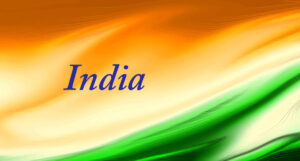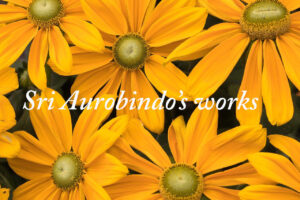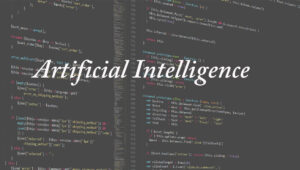Religious and Secular is an artificial divide created by the limited understanding of Western world. Religion is wrongly translated as Dharma but in India Dharma has as little to do with organised, institutional religions as the principle of Space or Air has to do with the material space and the air we breathe. Religion is a particular approach towards life, so is Philosophy, so is Science, so is Ideology. Hence these are all limited ways of understanding creation and and dealing with life on the basis of this limited understanding. Thus each Religion will have its own understanding and practices which may be fine for a group that believes in it but may be disastrous for others. The question therefore would be which Religion should govern a nation unit because each has a different story and different understanding despite certain common elements. Therefore modern nations have deviced Secularism as a method of governence that keeps Religion out of the State and its policy and decisions. But it has replaced Religion with something worse, that is Ideology. It is as we can see a false divide created by the human mind.
In India the word used is Dharma which is not same as Religion. It is a wide, all-inclusive Truth that governs all things according to the law of Truth within each element of creation. Thus there is a Dharma of the king, a Dharma of the kshatriya warrior, a Dharma of the priest and an artisan, a Dharma of married life, a Dharma of the spiritual seeker, a Dharma even of the tiger and snake. When man lives his life according to the Truth within him, Swadharma, when a nation is governed according to the Truth inbuilt within that nation and its culture, then everything flows naturally and harmoniously. For Dharma is essentially Truth that is one with harmony and delight. A nation or a group of people who live by their truth or Dharma will be prosperous and happy. On the other hand when a man or nation deviates from its truth, it acts according to Adharma or pardharma, as for example a warrior or priest doing business would be pardharma. Dharma is about high noble values and ethics, Adharma is all that contradicts it. Secularism only says that keep Religion out of the State but doesn’t give us any law or values to conduct our life except for the lame crutch of man made laws with reason and personal conveniences as its guiding light.
Ancient Indian Society emphasised on Dharma in every sphere of life. We can replace the word with Truth and then see whether Society should be governed by Dharma or by secular principles. The answer is obvious, by Dharma, which literally means that (the Truth) which holds us and that which we hold to. But if we mistakenly define Dharma as Religion (the wrong definition that the West gives it) then obviously it is better to keep it out as each Religion has its own rules and laws leading to chaos and disorder. In a Dharmic Society things like utilitarianism, commercialism, capitalism, socialism, commercialism and all other isms and religions will be replaced by the principle of a fair, just, equitable Society with right distribution of wealth and work, basing itself upon Truth, Unity, Freedom and Fraternity. It may seem a dream right now but the ancient Indian Society did attempt it with partial success and will try again and hopefully succeed in the future attempt to base life upon the principles of Dharma.
Affectionately,
Alok Da



